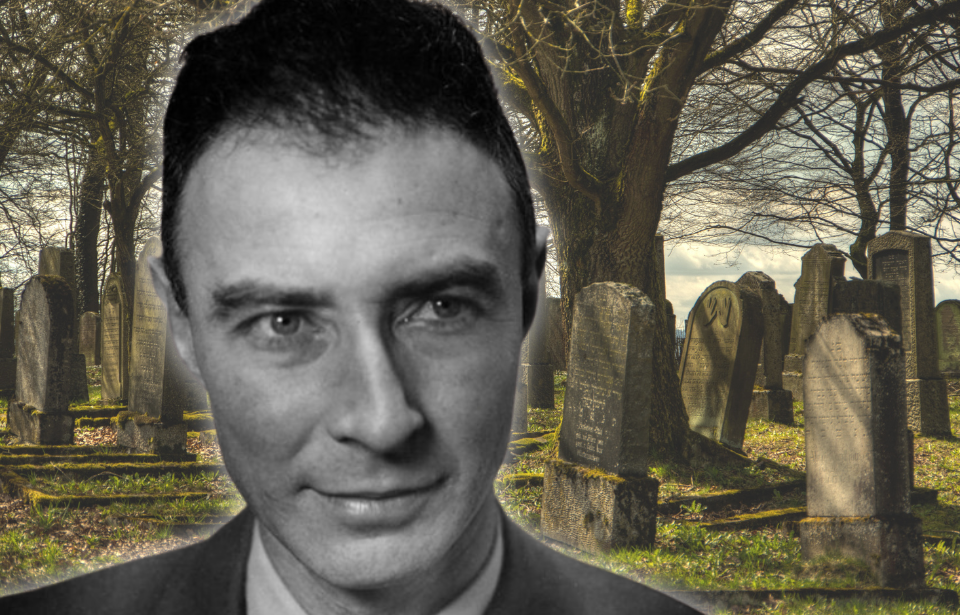J. Robert Oppenheimer fled to the Virgin Islands
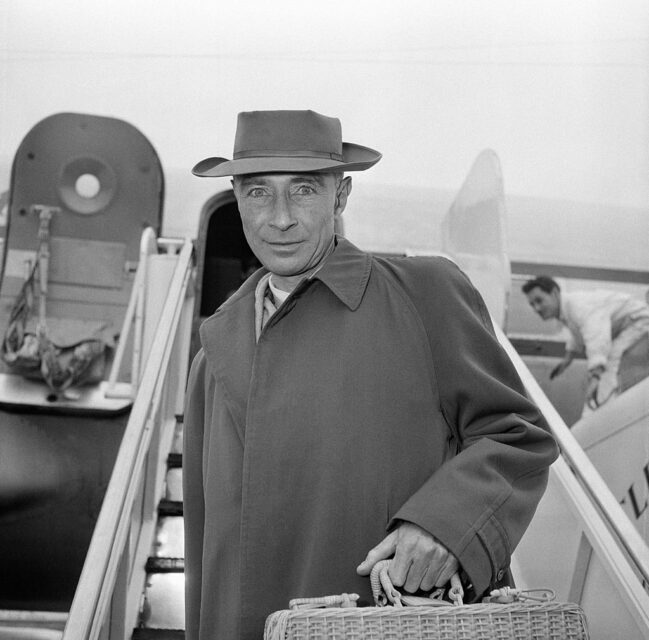
Ten years after the Trinity Test, J. Robert Oppenheimer withdrew from public life. In 1955, he relocated to the Virgin Islands with his wife, daughter, and son. They made their home on a secluded two-acre piece of land overlooking Hawksnest Bay, St. John—a spot barely noted on most maps.
Why did J. Robert Oppenheimer retreat from society?
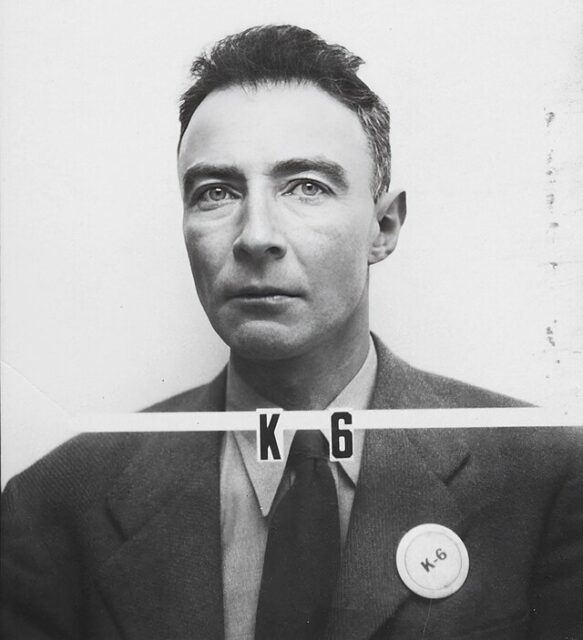
Several factors led J. Robert Oppenheimer to make the decision to retreat from society. His involvement in top-secret US military projects kept him under constant government scrutiny. To evade the FBI‘s watchful gaze, he moved to St. John, seeking the freedom to indulge in sailing and poetry without constant surveillance.
Additionally, his growing fears about the catastrophic potential of nuclear warfare influenced his decision. Embracing an anti-nuclear stance, he considered the Virgin Islands a refuge, believing they would be shielded from nuclear fallout. Oppenheimer and his family lived there for 12 years, and a beach was later named in his honor, celebrating his time on the island.
Opting for cremation, not a burial

J. Robert Oppenheimer doesn’t have a grave because he chose to be cremated instead. Known for his complex beliefs, Oppenheimer was deeply skeptical of the idea of an eternal soul, shaping his view of death as a final end, much like the atomic bomb explosion he once witnessed.
After his death from throat cancer on February 18, 1967, he chose cremation.
Though there’s no traditional gravesite, those who wish to honor him can visit Oppenheimer Beach in the Virgin Islands, where his wife scattered his ashes at his requested location, Carvel Rock.
Tragedy continued to befall the Oppenheimer family
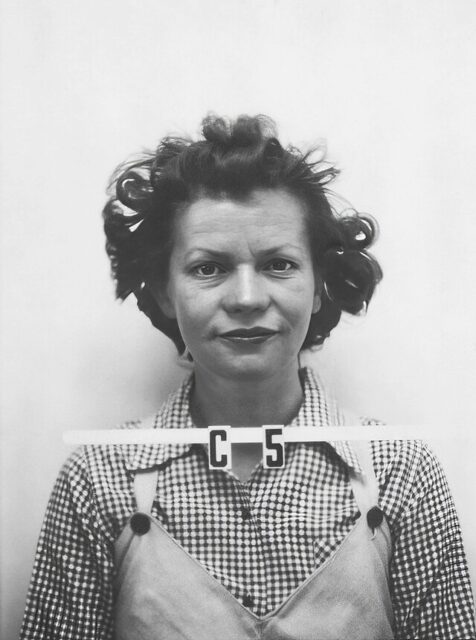
Sadly, death would continue to plague the family not long after J. Robert Oppenheimer passed.
Five years after his ashes were scattered, his daughter went through the same ceremony following the death of her mother and Oppenheimer’s wife. Just five years after that, Katherine took her own life.
A lasting memorial to J. Robert Oppenheimer
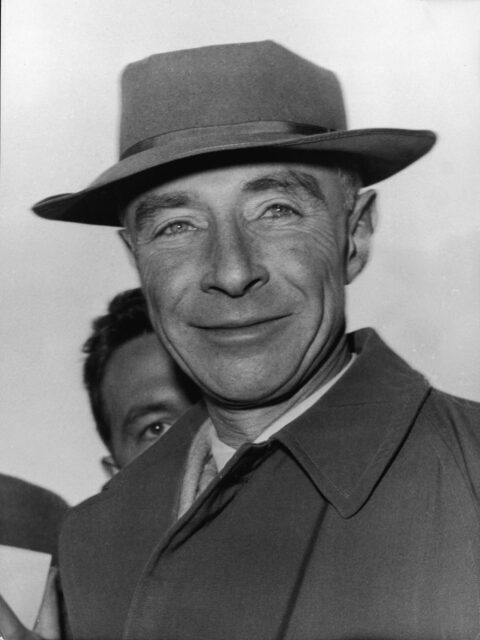
Want War History Online‘s content sent directly to your inbox? Sign up for our newsletter here!
The modest Oppenheimer bungalow had remained within the family after J. Robert Oppenheimer’s passing. However, prior to her death, Katherine penned a note that left the property to “the people of St. John.” While the original home no longer exists, having fallen victim to a hurricane, the Virgin Islands Government operates and maintains a community center nearby.
